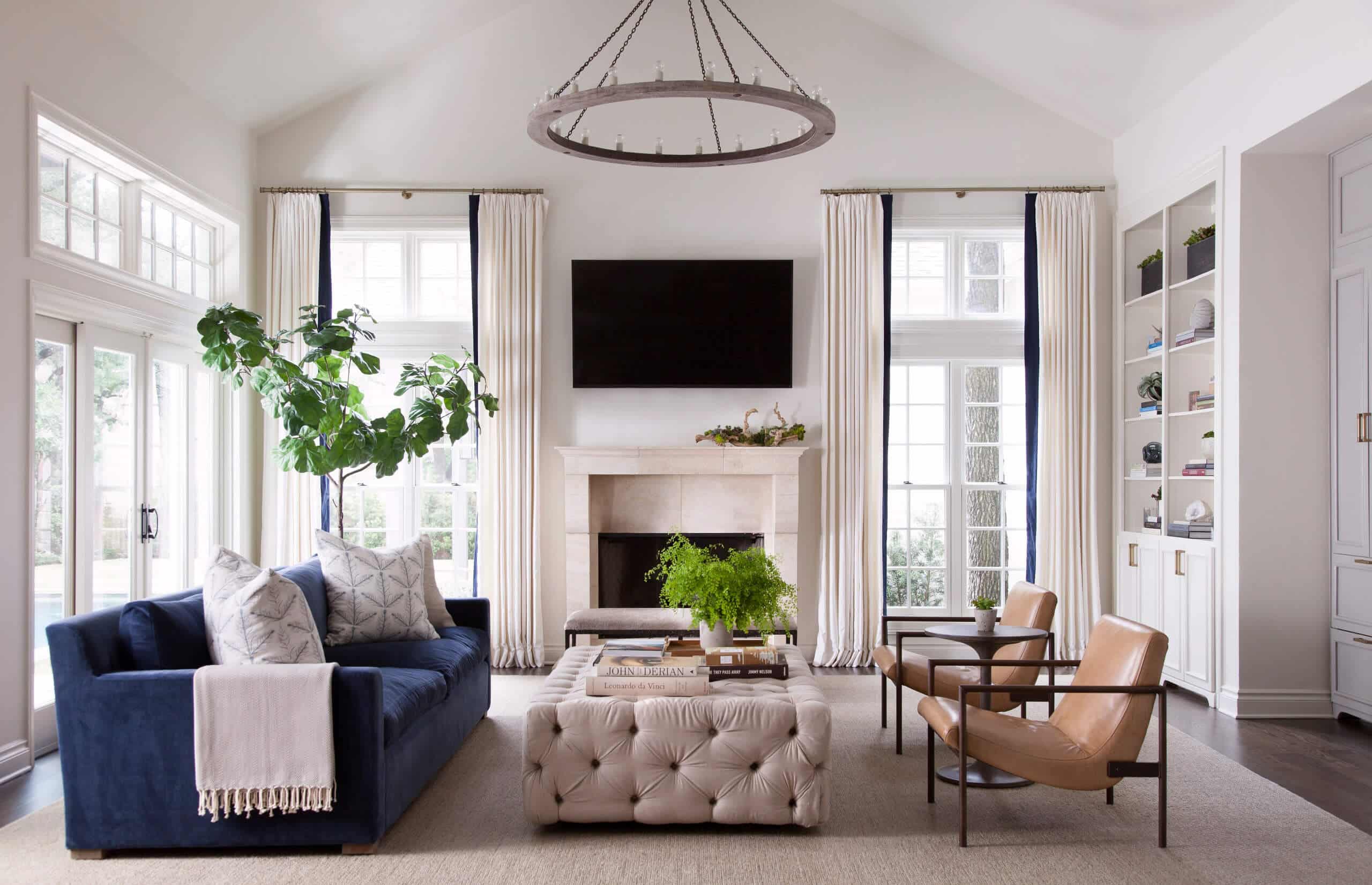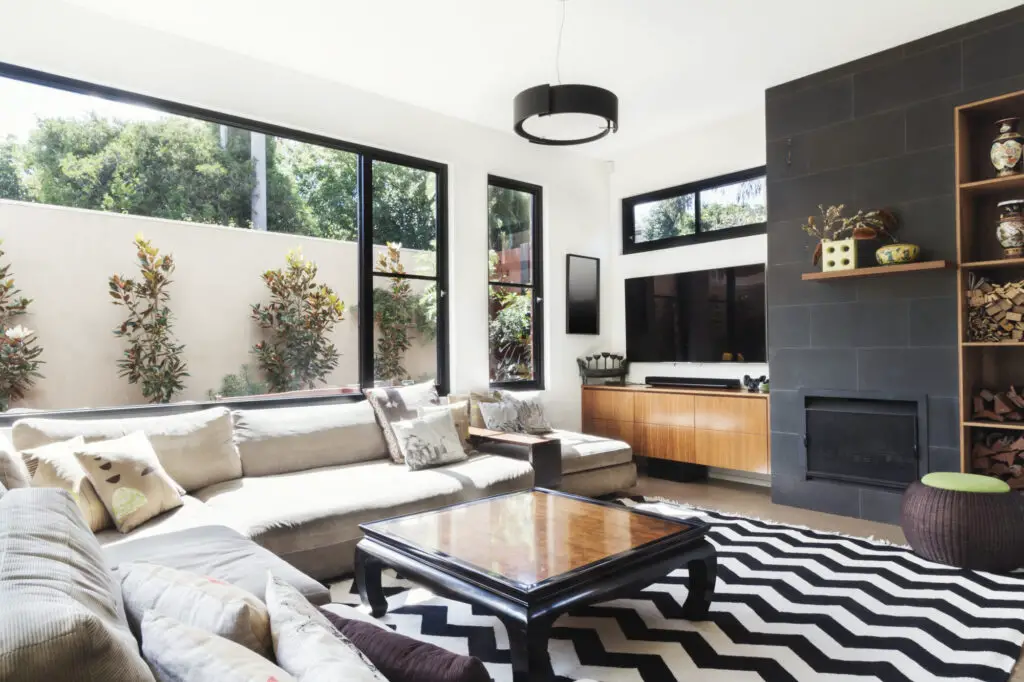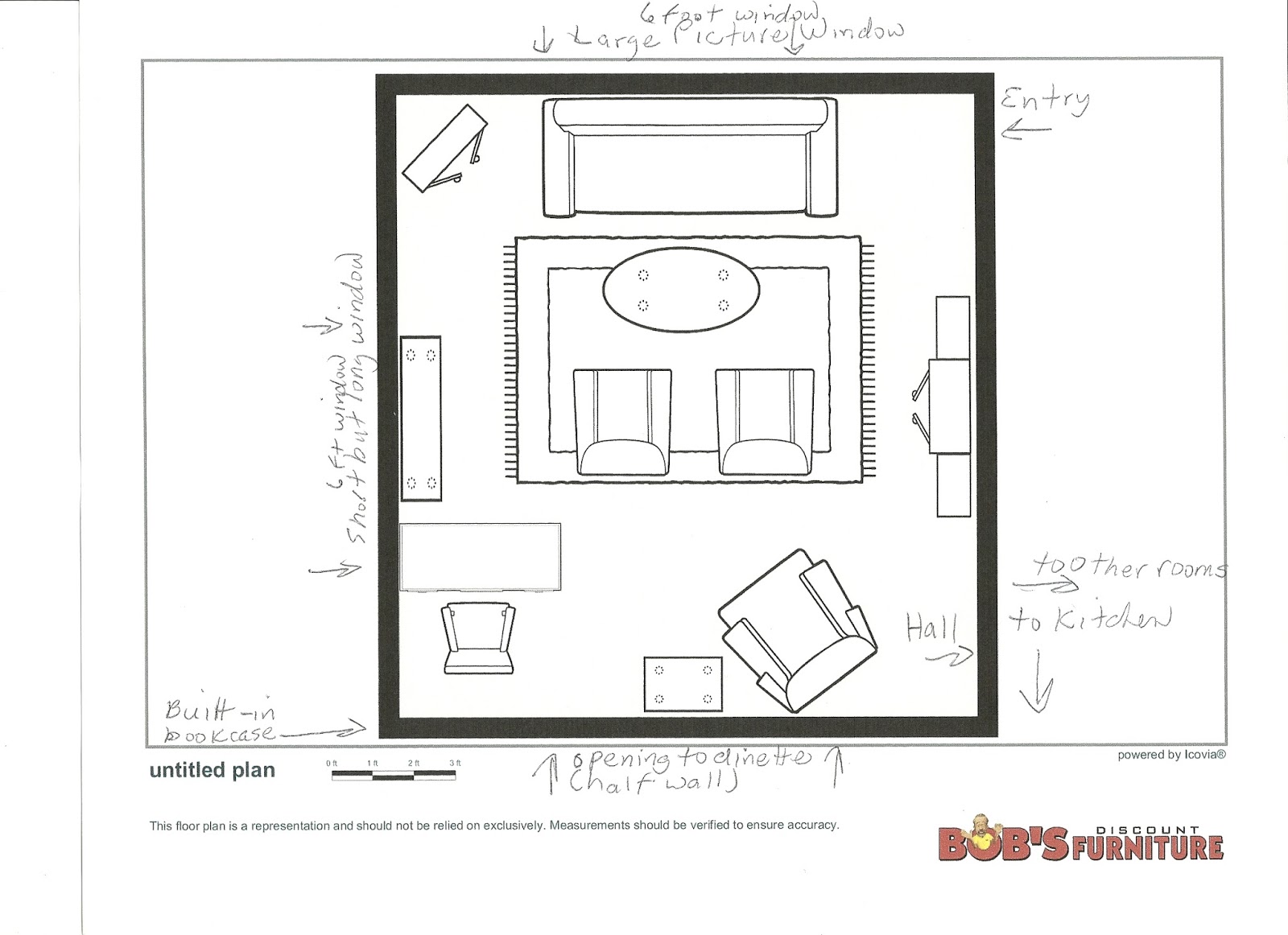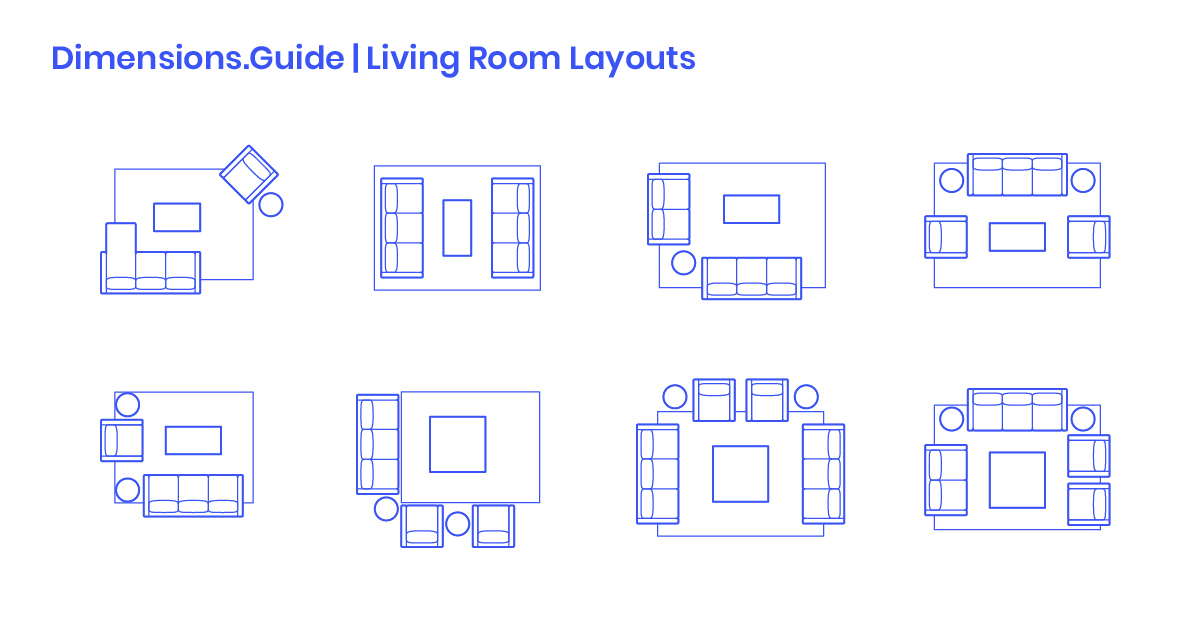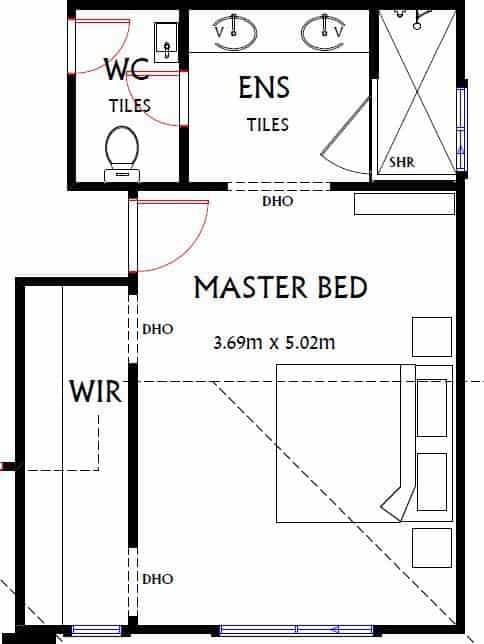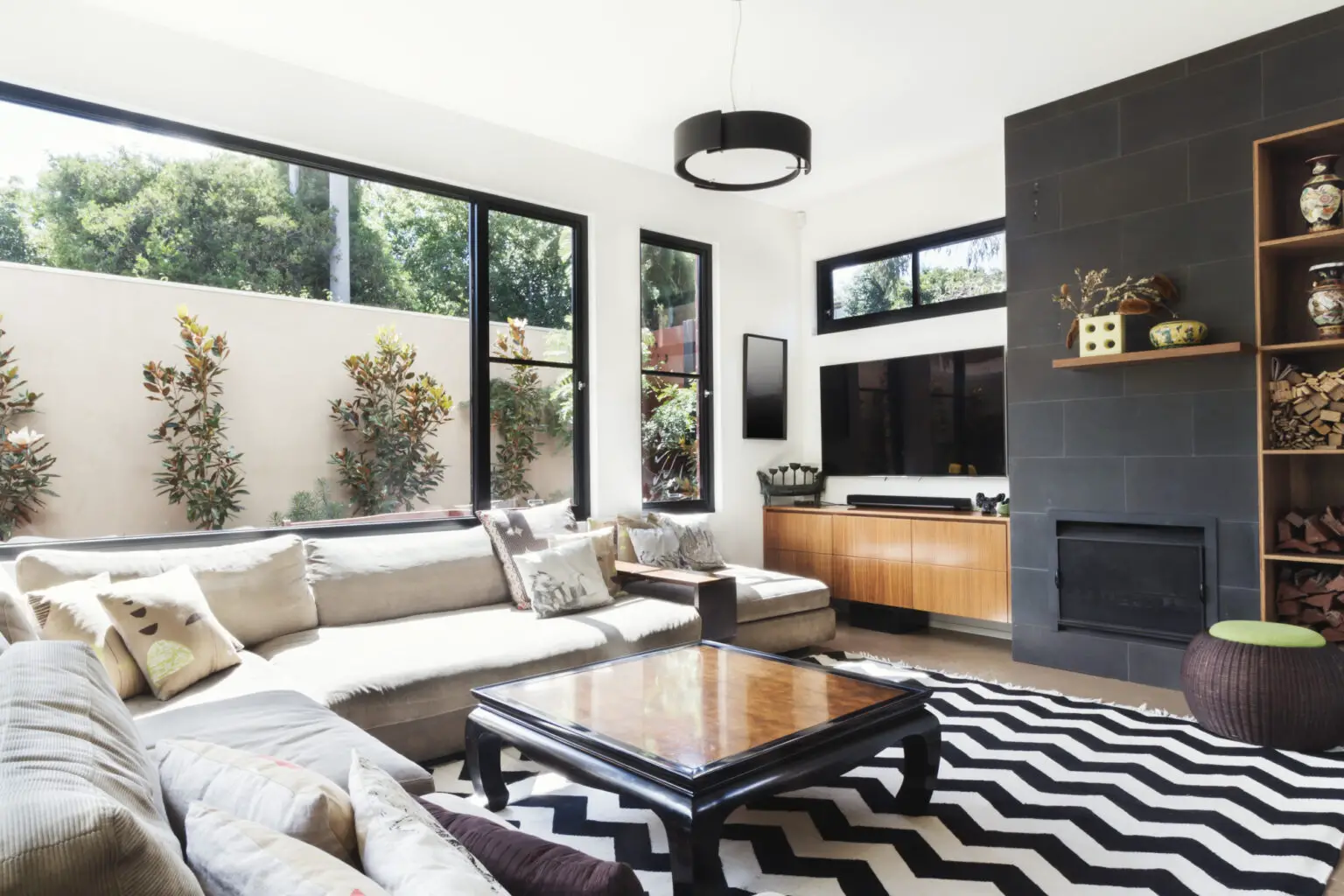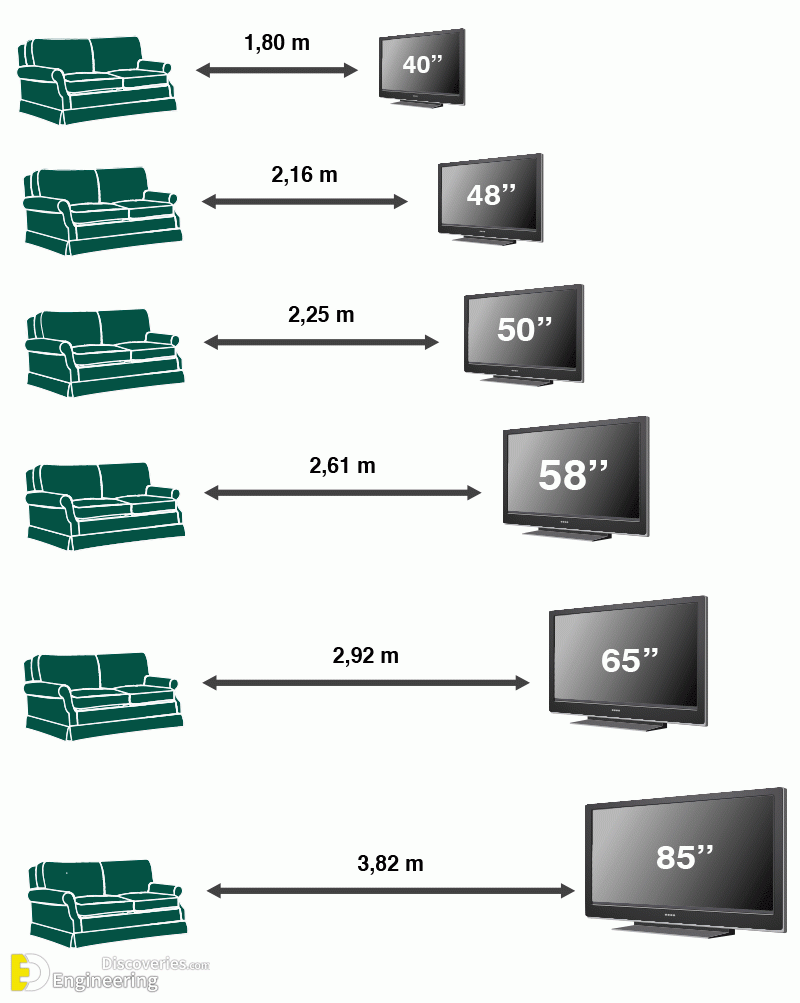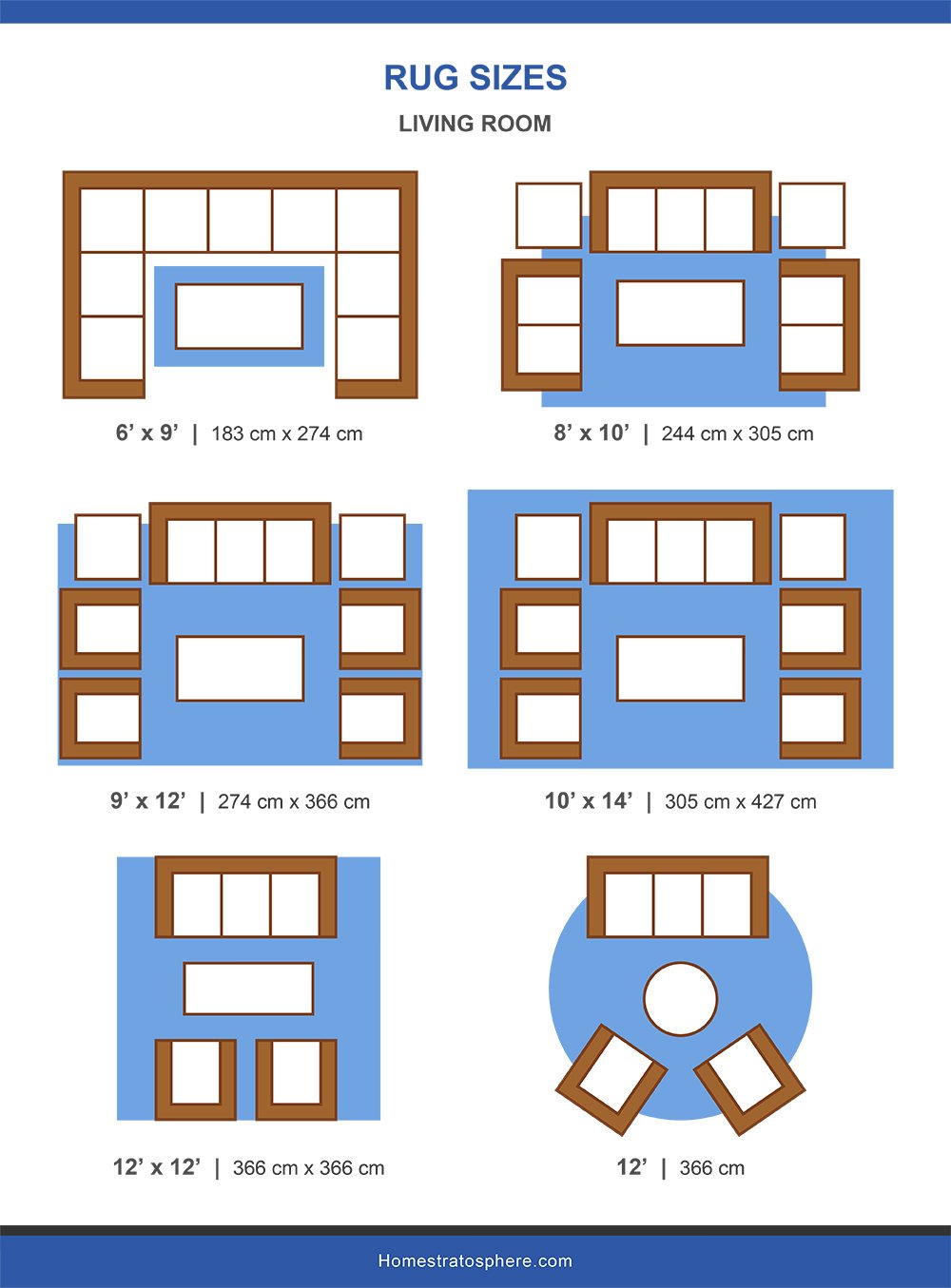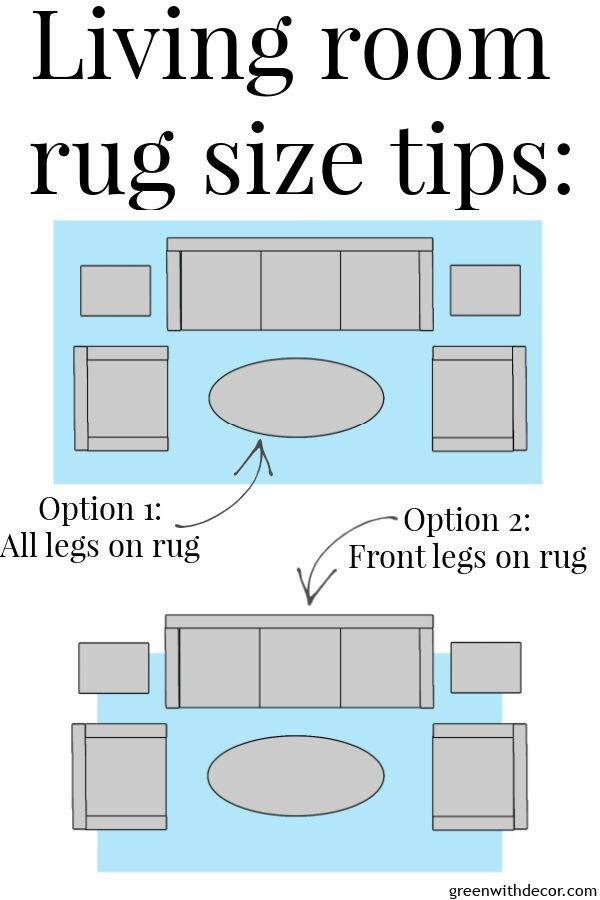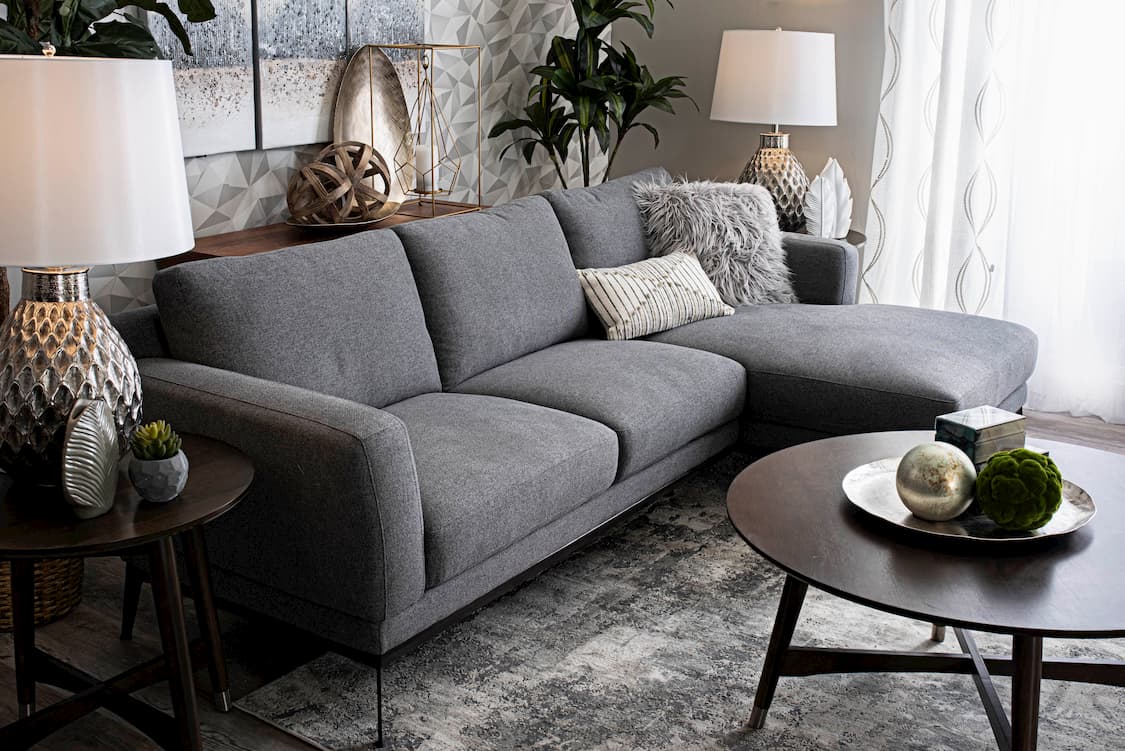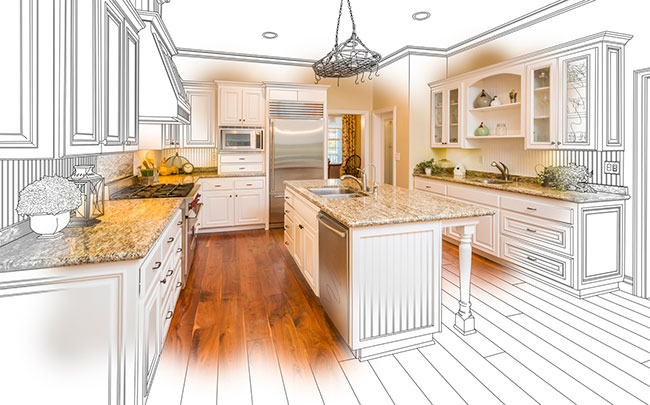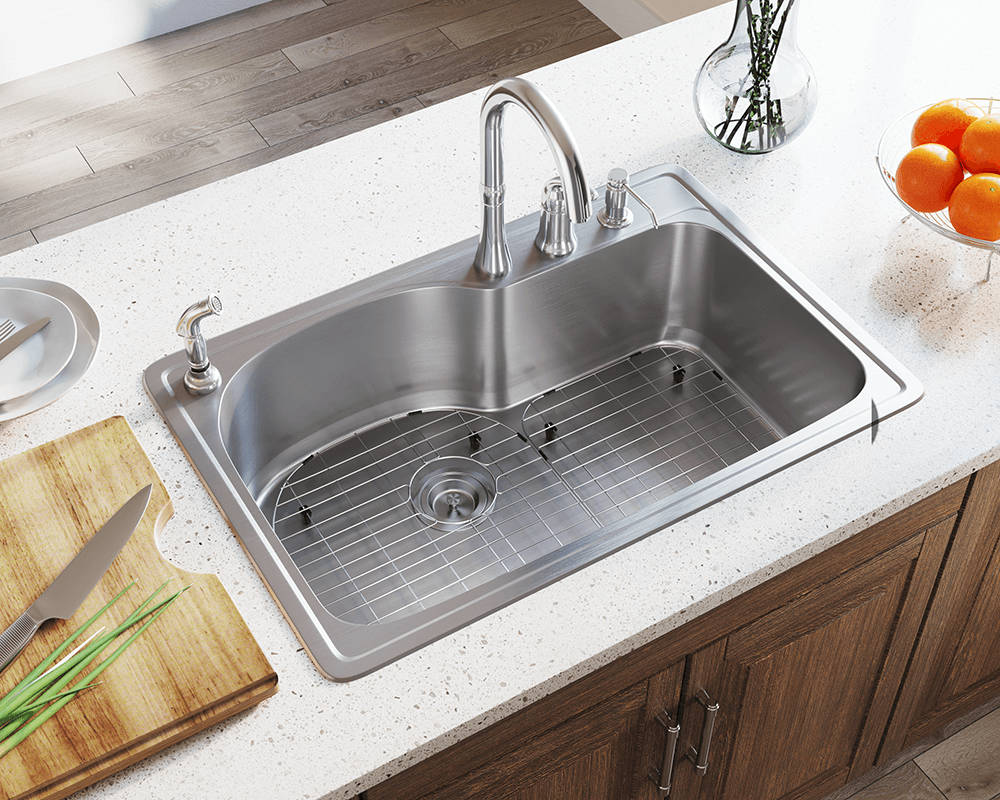When it comes to designing and decorating a living room, one of the first considerations is the size of the space. The average living room size in the United States is around 330 square feet, but this can vary greatly depending on the location and type of home. For example, a small apartment in a city may have a living room as small as 150 square feet, while a large suburban home may have a living room that exceeds 500 square feet. The size of a living room is an important factor to consider because it can greatly impact the functionality and overall feel of the space. A smaller living room may feel cozy and intimate, while a larger one may feel more open and spacious. But what is considered a standard or typical living room size? Let's take a closer look. Average living room size
The standard dimensions for a living room can vary, but typically range from 12 feet by 12 feet to 18 feet by 20 feet, resulting in a total square footage of 144 to 360 square feet. These dimensions allow for comfortable seating, walking space, and room for furniture. However, it's important to note that these are just general guidelines and the actual size of a living room can vary depending on the layout and design of the home. It's also worth mentioning that the standard dimensions for a living room may differ in other countries, as cultural and architectural differences can play a role in determining the size of a living space. For example, in Japan, it's common to have smaller living rooms due to the emphasis on minimalism and efficient use of space. Standard living room dimensions
While there is no one-size-fits-all answer to the question of typical living room measurements, there are some common measurements that are often seen in homes. For example, a typical living room may have a length of 20 feet and a width of 15 feet, resulting in a total square footage of 300 square feet. However, this can vary depending on the design and layout of the home. Other factors that can affect the typical measurements of a living room include the number of windows and doors, as well as the presence of architectural features such as fireplaces or built-in shelving. These elements can impact the overall size and shape of a living room. Typical living room measurements
As mentioned earlier, the average square footage of a living room in the United States is around 330 square feet. However, this number can vary depending on the location and type of home. For example, urban areas tend to have smaller living rooms due to the limited space available, while suburban and rural areas may have larger living rooms. Additionally, the average square footage of a living room can also be affected by the size of the home itself. For example, a smaller home may have a smaller living room compared to a larger home that has more square footage overall. It's important to keep these factors in mind when determining the average square footage for a living room. Average square footage of living room
While there is no one "common" living room size, there are some sizes that are more commonly seen in homes. As mentioned earlier, a typical living room may have a length of 20 feet and a width of 15 feet, resulting in a total square footage of 300 square feet. This size can comfortably accommodate furniture and allow for walking space. Other common living room sizes include 12 feet by 18 feet (216 square feet) and 14 feet by 20 feet (280 square feet). These sizes may differ depending on the layout and design of the home, but they are often seen in homes across the country. Common living room size
The average dimensions for a living room can vary greatly, but some common dimensions include 12 feet by 12 feet, 14 feet by 14 feet, and 16 feet by 16 feet. These dimensions result in a total square footage of 144, 196, and 256 square feet respectively. When it comes to designing a living room, it's important to keep in mind that the dimensions of the space are just one factor to consider. The layout, furniture, and overall design aesthetic can also greatly impact the feel and functionality of the room. Average living room dimensions
The standard size for a living room can vary, but as mentioned earlier, it is commonly seen in the range of 12 feet by 12 feet to 18 feet by 20 feet. This allows for comfortable seating and space for furniture, while also leaving room for walking and traffic flow. It's worth noting that the standard size for a living room may also be influenced by the size of other rooms in the home. For example, a larger home may have a larger living room compared to a smaller home with limited square footage overall. Standard living room size
A typical living room size can vary greatly depending on the location and type of home. As mentioned earlier, the average living room size in the United States is around 330 square feet, but this can range from 150 square feet to over 500 square feet. It's also important to consider that the typical size of a living room can differ in other countries and cultures. For example, in Europe, it's common for living rooms to be smaller and more compact compared to American homes. This can be attributed to cultural differences and the emphasis on efficient use of space. Typical living room size
The average living room square footage in the United States is around 330 square feet, but this can vary greatly depending on the location and type of home. This number can also be influenced by the size of other rooms in the home, as well as the overall layout and design. When determining the average living room square footage, it's important to keep in mind that there is no one "correct" size. The size of a living room can vary and what may be considered average in one area may not be the case in another. It's important to take into account the individual factors and considerations that go into determining the size of a living room. Average living room square footage
While there are no set common living room dimensions, there are some sizes that are more commonly seen in homes. These include 12 feet by 16 feet (192 square feet), 14 feet by 18 feet (252 square feet), and 16 feet by 20 feet (320 square feet). These dimensions can vary depending on the layout and design of the home, but they are often seen in homes across the country. It's also worth mentioning that the common dimensions of a living room can change over time as trends and preferences shift. What may be considered common now may not have been the case a decade ago. As with any design element, it's important to consider personal preferences and needs when determining the dimensions of a living room. Common living room dimensions
The Importance of Square Footage in Designing a Living Room

How Much Space is Enough?
 When it comes to designing a living room, one of the key factors to consider is the
square footage
of the space. This measurement plays a crucial role in determining the layout, furniture choices, and overall functionality of the room. A living room that is too small can feel cramped and uncomfortable, while a room that is too large can feel empty and lack warmth. In this article, we will explore the
typical living room square footage
and how to make the most out of the space you have.
When it comes to designing a living room, one of the key factors to consider is the
square footage
of the space. This measurement plays a crucial role in determining the layout, furniture choices, and overall functionality of the room. A living room that is too small can feel cramped and uncomfortable, while a room that is too large can feel empty and lack warmth. In this article, we will explore the
typical living room square footage
and how to make the most out of the space you have.
Size Matters
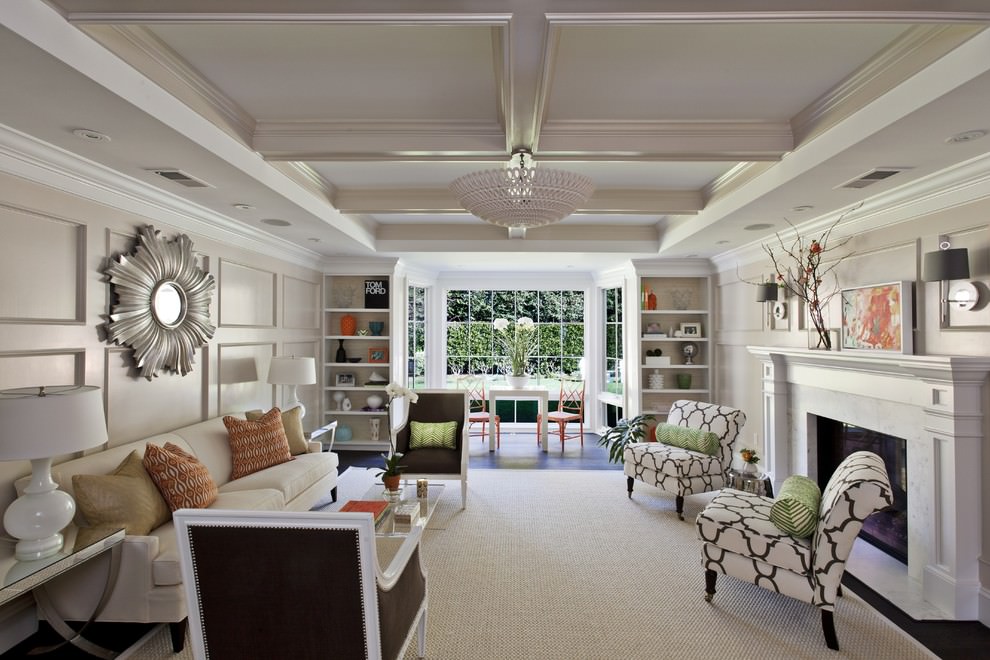 The average size of a living room in a house is around 330 square feet. However, this number can vary depending on the size of the house and the region it is located in. For example, living rooms in urban areas tend to be smaller compared to those in suburban or rural areas. Additionally, the size of a living room may also depend on the
style of the house
. For instance, a traditional house may have a larger living room compared to a modern or minimalist house.
The average size of a living room in a house is around 330 square feet. However, this number can vary depending on the size of the house and the region it is located in. For example, living rooms in urban areas tend to be smaller compared to those in suburban or rural areas. Additionally, the size of a living room may also depend on the
style of the house
. For instance, a traditional house may have a larger living room compared to a modern or minimalist house.
Designing for Functionality
 When it comes to designing a living room, it is important to consider the functionality of the space. A small living room may require
space-saving furniture
such as a sectional sofa or a coffee table with hidden storage. On the other hand, a larger living room can accommodate more furniture and can be designed to serve multiple purposes, such as a
home office
or a
play area
for children.
When it comes to designing a living room, it is important to consider the functionality of the space. A small living room may require
space-saving furniture
such as a sectional sofa or a coffee table with hidden storage. On the other hand, a larger living room can accommodate more furniture and can be designed to serve multiple purposes, such as a
home office
or a
play area
for children.
Creating Balance
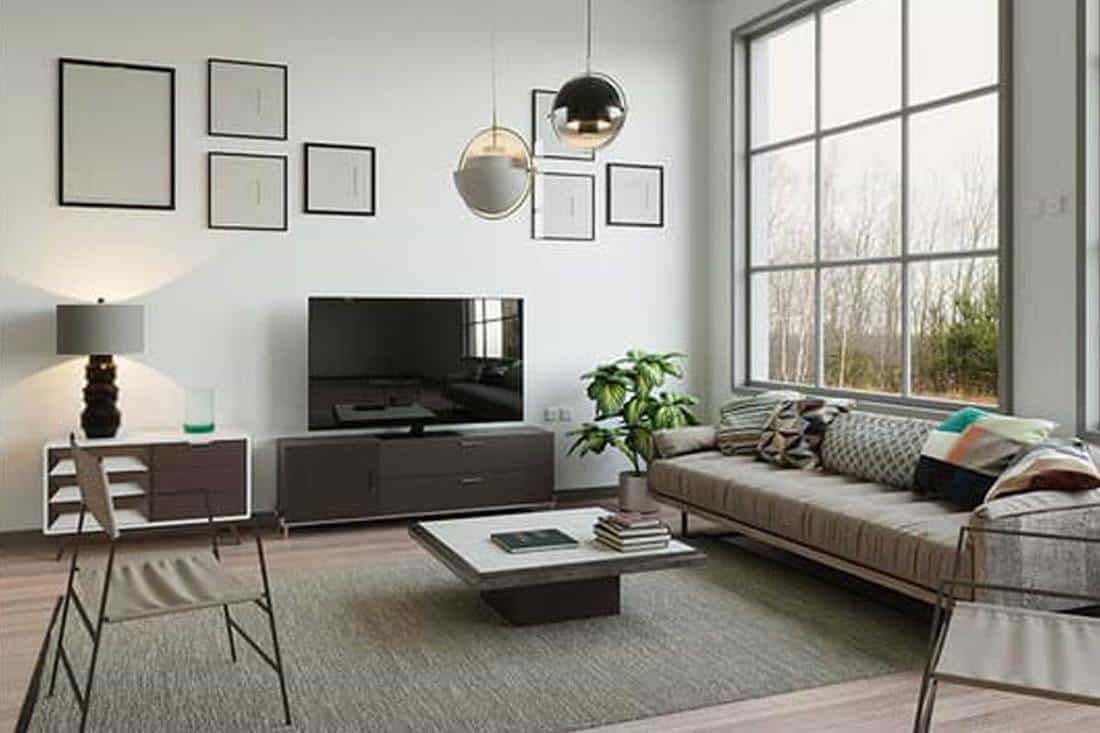 Another important aspect of designing a living room is creating a sense of balance within the space. This can be achieved by using
furniture placement
and
scale
to create a visually appealing layout. For example, in a small living room, using a smaller sofa and pairing it with
accent chairs
can create a sense of balance and make the room feel more spacious. In a larger living room, using a combination of large and small furniture pieces can help fill the space without overwhelming it.
In conclusion, the
square footage
of a living room is a crucial factor to consider when designing a functional and aesthetically pleasing space. By understanding the
typical living room square footage
and using design techniques to make the most out of the space, you can create a comfortable and inviting living room that fits your lifestyle and personal style.
Another important aspect of designing a living room is creating a sense of balance within the space. This can be achieved by using
furniture placement
and
scale
to create a visually appealing layout. For example, in a small living room, using a smaller sofa and pairing it with
accent chairs
can create a sense of balance and make the room feel more spacious. In a larger living room, using a combination of large and small furniture pieces can help fill the space without overwhelming it.
In conclusion, the
square footage
of a living room is a crucial factor to consider when designing a functional and aesthetically pleasing space. By understanding the
typical living room square footage
and using design techniques to make the most out of the space, you can create a comfortable and inviting living room that fits your lifestyle and personal style.







